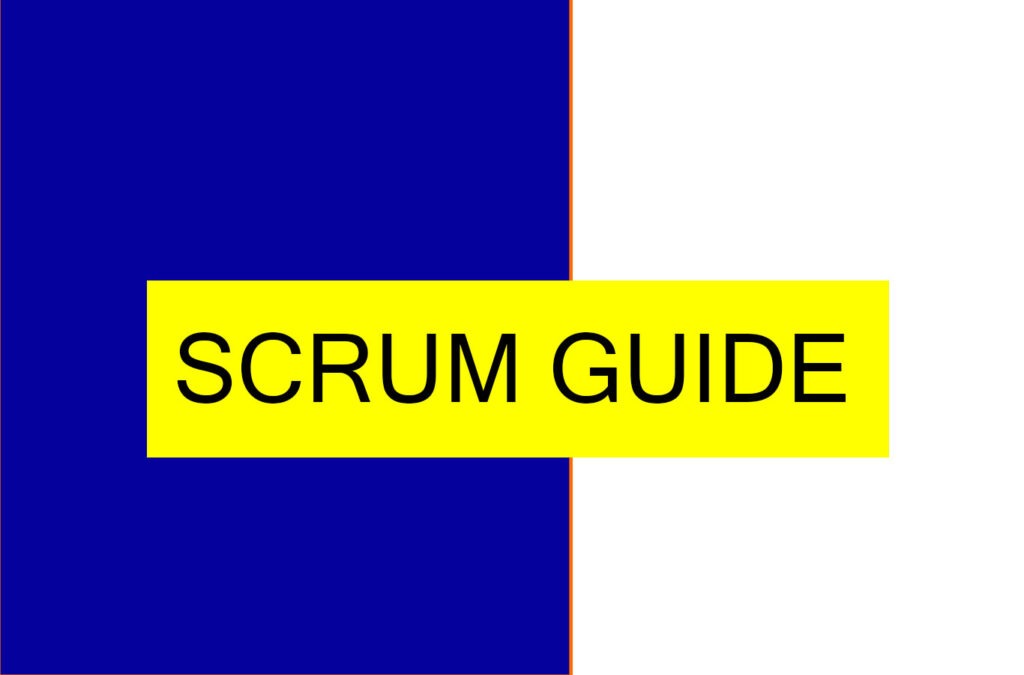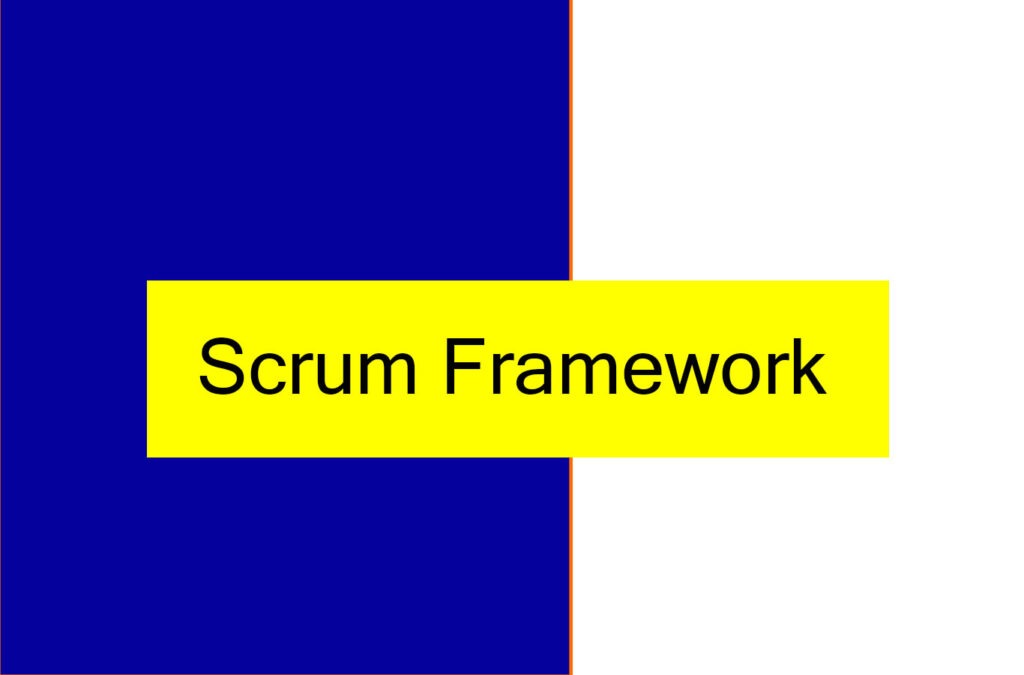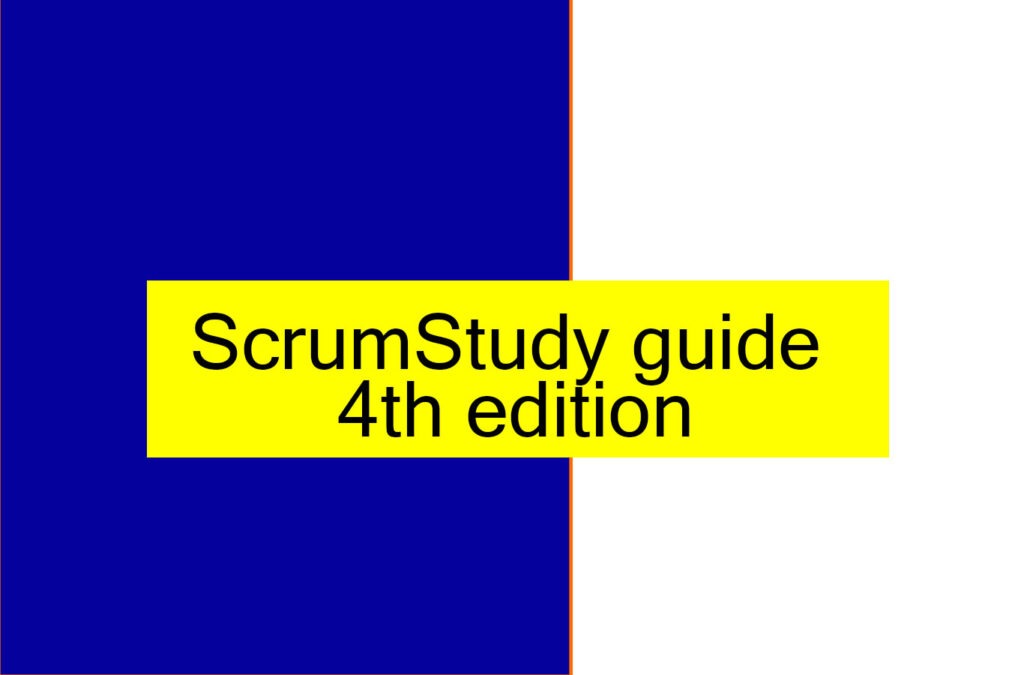Welcome Uchechi
Study Material
Purpose of the Scrum Guide
We developed Scrum in the early 1990s. We wrote the first version of the Scrum Guide in 2010 to help
people worldwide understand Scrum. We have evolved the Guide since then through small, functional
updates. Together, we stand behind it.
Portfolio
Principles of Agile Manifestoe
Answers to what roles and responsibilities of the scrum core roles in the following Scrum processes.
By Uchechi Jane Eugene Uwakwe.
1. The Product Owner creates Project Vision because it outlines the overall goal and objectives or purpose of the project, which gives a clear direction to the development team.
2. The Product Owner identifies the business stakeholders, who are relevant to the project. Whereas the scrum team identifies the Scrum Master, but where the Scrum master helps the Product Owner in forming or engaging the development team, it is the Product Owner that identifies the Scrum Master.
3. The Scrum Team is formed by the product owner collaborating with the organization’s leadership.
4. The Product Owner develops Epic, the entire scrum team can also make inputs in order to ensure that the Epic aligns with the project vision and makes for effective delivery of products.
5. The Product Owner creates prioritized product backlogs, it can also be with the help of other scrum team members, where they have better understanding of the project.
6. The Scrum Master facilitates the release planning meetings, with the collaboration of the other core team members, where the scope of the release is defined, goals set and creates a plan to deliver a potentially shippable product.
7. The Product Owner creates user stories, the other core team members can also be of help, by making inputs.
8. The entire core scrum team is responsible for estimating user stories, but the focus is more on the development team, since they have the expertise and experience required for the project.
9. To identify tasks, it is the collaborative effort of the Development Team, who has the expertise and experience needed. When the prioritized product backlogs in form of user stories are broken down into bits called tasks, the development team collaborate to assign the tasks to themselves, through Articulation in Collaboration as a Scrum principle, and thereafter reintegrate.
10. The Development Team updates the sprint backlogs. As feedbacks, especially the ones that have to do with improvements in a product are given by the stakeholders after the release of a product, the Development Team updates the sprint backlogs in order to input the changes in another sprint.
11. The Development Team is responsible for creating deliverables, as a potentially shippable product to the stakeholders, ensuring that they were tested and meet with the acceptance criteria before the release.
12. The entire scrum core team is responsible for refining prioritized product backlog, but with more focus on the Product Owner who takes the lead in the refining process, ensuring that it meets with customer needs, market conditions and business values.
13. Demonstrate and validate is the role of the entire scrum team, but more on the Development Team and the Product Owner. The Development team, during sprint review demonstrates how the user stories where developed, giving more insights on the processes, while the Product Owner ensures that the potentially shippable product meets with the acceptance criteria, that it reflects what the stakeholders want.
14. The entire scrum team is responsible for shipping deliverables, but the primary focus is on the Development Team.
15. The Scrum Master facilitates the Retrospective meeting at the end of a sprint, where the entire team participates actively, to determine how they fared during the course of the sprint, what they did right, what they didn’t do so well, how they could improve etc, and incorporate the positives in the next sprint, for more efficient and effective delivery.



